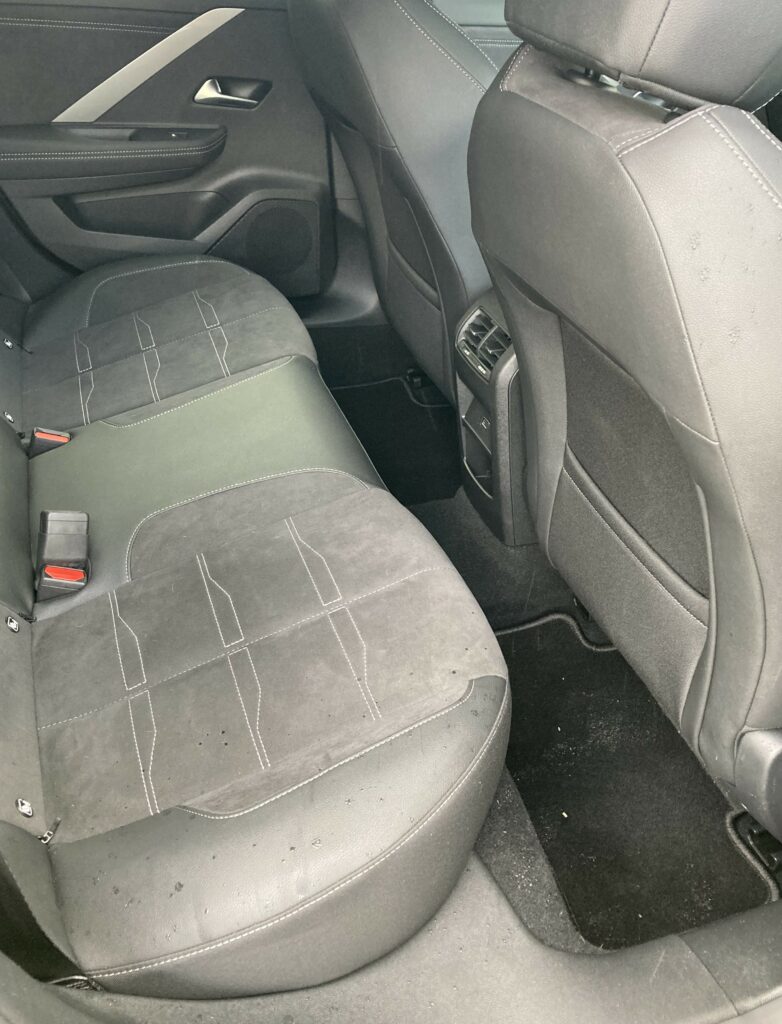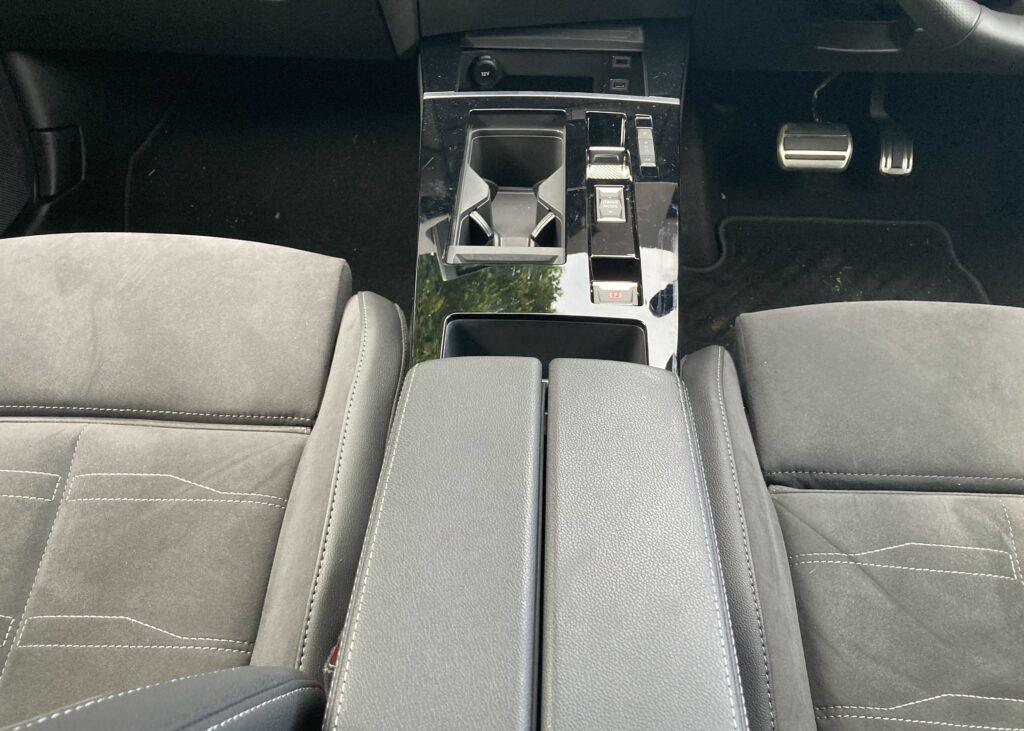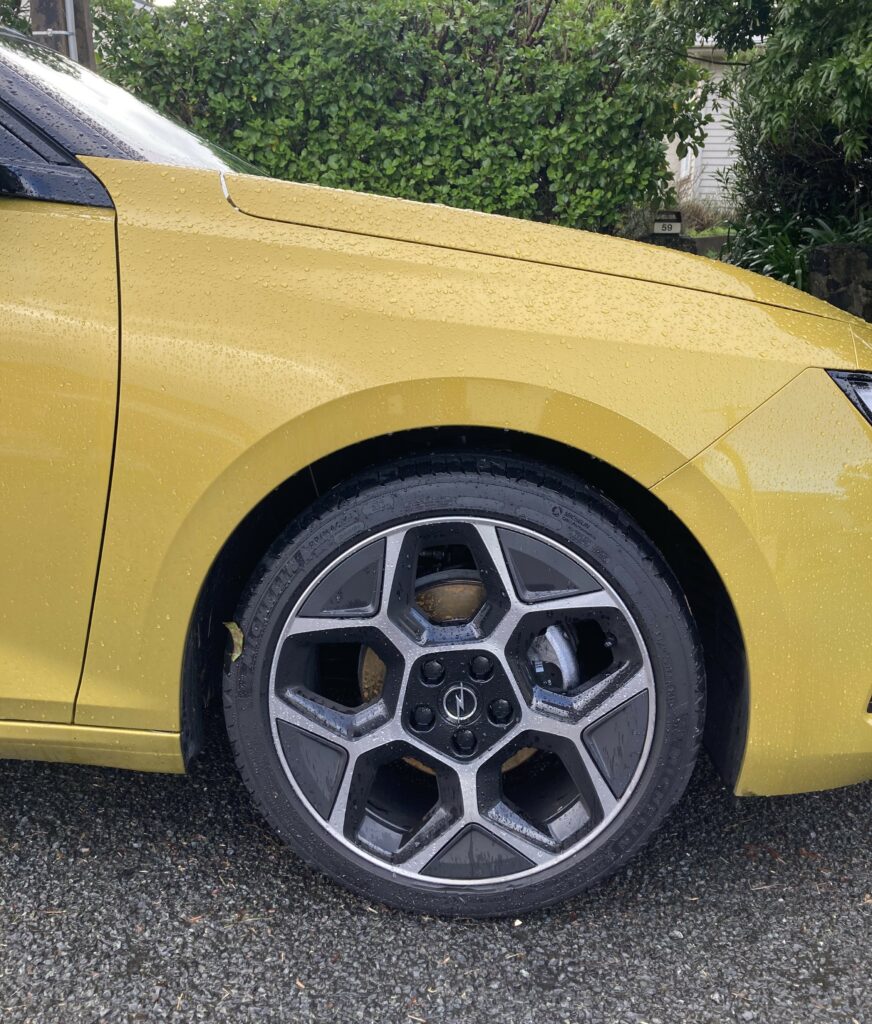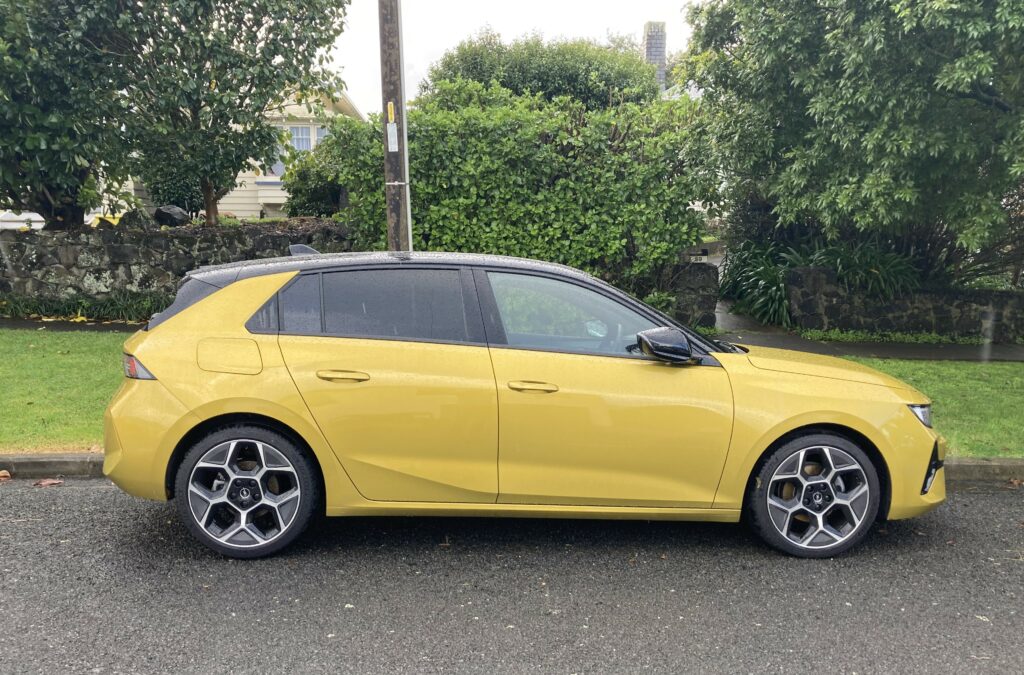
Intuitive is a word you’ll find frequently in reviews of cars, or in publicity bumph generated by carmakers.
Driving this or the other car is intuitive, we’re told. In other words, instinctive which is a rather strange way of talking about an activity like driving which, essentially, is a learnt skill.
Ludicrously, you’ll find reference to the operation of infotainment systems or onboard computers described as intuitive.
Few of them are the same or operate in the same way, and even the most basic systems are idiosyncratic, not intuitive. Operating them may become second nature after weeks or months of use. But intuitive?
If there are intuitive cars, it’s Japanese makes, especially Toyotas which seldom are described as intuitive by motoring writers but are as near to intuitive to use as any machine can be.
Jump into any Toyota and you’ll find almost all of the controls in the same place, regardless of the model, and you can operate the car immediately without thinking about what you’re doing – driving it intuitively, if you like.
In fact, intuitive has become an automotive buzz word, a convenient and fashionable way of describing a car or in-car system as being easy to use.
And I’ve just experienced a car that’s as easy to use as any car I’ve ever driven.
I’m talking about Opel’s strikingly handsome Astra hatchback.
Previous Astras have been good to drive, but the new Astra which nicks some styling cues – particularly around the front of the car – from former brand owner General Motors’ Chevrolet Camaro ponycar, goes one better.
In fact, it’s almost disarmingly easy to drive. Its user-friendliness manifested itself almost immediately after I got comfortable and adjusted the mirrors and ventured on to the road outside Opel’s New Zealand HQ in Auckland’s Mt Wellington.
After heading down the hill and waiting at the traffic lights, I felt as at-home as if I’d been driving the Astra for weeks.

The steering through the flat-bottomed steering wheel (which was a shade too large for my taste) was smooth and accurate, the eight-speed automatic’s gearshifts were slick and satisfying, the brakes held no surprises.
The last-mentioned were progressive and free of the grabbing you often encounter in a new-to-you car until you get a feel for the right pedal pressure.
In short, within a few hundred metres, I felt completely at ease with the car and told myself so.
Intuitive? No. I had to work out how to dial up my favoured radio station, and I had to remind myself that the indicator stalk was on the left side of the steering column.
But easy to drive, yes. In driving terms there were no hidden foibles, just a comfortable sense of familiarity in a car I’d been acquainted with for only a few minutes – the sign of a well-designed car that anyone would feel confident operating.
My liking for the Astra grew as the week progressed. The driver’s seat was supportive and comfortable, noise levels low even on coarse chip-sealed roads, and the cabin was a pleasant place to be.
There were adjustments to be made – the aforementioned Eurocar stalk arrangement and getting used to the raspy exhaust note from the three-cylinder Stellantis petrol motor that’s also found in Citroens and Peugeots.
In the Astra, it’s a turbocharged 1.2-litre that develops 96kW at 5500rpm and 230Nm of peak torque that comes into play from a usefully low 1750rpm.
It has a willingness to rev and the peak torque arriving at relatively low revs ensures good mid-range punch.
But with a 9.7-second 0-100km/h time, performance is brisk rather than urgent, though Opel quotes a respectable top speed of 210km/h.
Raspy the exhaust note may be, but the close-ratio eight-speed auto plays an engaging and intoxicating soundtrack as the car accelerates up through the gearbox.
Unlike some other Stellantis products using a similar engine/gearbox combo, the Astra will actually get into eighth gear in open road running.
Aside from the tight rear cabin legroom, open road driving produced the only other disappointment I experienced with the Astra.
After its incredible user-friendliness in city running, I was looking forward to stretching the stylish German hatchback’s legs on our regular test route which mixes some ultra-tight country roads with state highway and motorway running.
I dialled up Sport mode but there didn’t seem to be much difference.
There was a tightening of the steering, a slight stiffening of the ride but none of the urgent “clawing” of the pavement found often when you switch to Sport mode.

Maybe it’s because the chassis is so accomplished anyway but there didn’t seem to be the expected transition from brisk city car to urgent road runner that I had been anticipating.
Handling was good – skewed to mild understeer in the interests of stability and safety – and there’s grip to spare but the Astra wasn’t the engaging open road drive I’d been anticipating.
Competent, sure, but thrilling…? No. Safety is well catered for, with vice-free handling and excellent brakes, six airbags, dual IsoFIX child seat anchors and top tethers, and long-range blindspot monitoring and warning.
Driver aids include lane keeping assist, rear cross traffic alert, active emergency braking with pedestrian and cyclist detection, driver attention alert and forward collision warning, and adaptive cruise control with stop/go function.
There’s also a tyre pressure monitoring system and keep-you-out-of-trouble-with-the-law features that include speed limit and traffic sign recognition.
Headlights are LED pixel, and there are LED daytime running lights and taillights. Headlights and windscreen wipers deploy automatically in low light and rain showers.
Wheels are attractive diamond cut alloys shod with grippy 225/40 R18 tyres.

The seats are upholstered in black Alcantara and leatherette, the driver’s seat is adjustable electrically, and the front sports-style seats are heated, as are the exterior mirrors.
The parking brake is electrically-activated and the car has hill-start assist, the steering wheel is adjustable for rake and reach, and the reversing camera is clear and very easy to use.
There’s a 10-inch touchscreen and 10-inch instrument cluster, a six-speaker sound system and wireless smartphone connectivity (Bluetooth, Apple Carplay, and Android Auto).
Standard paintwork is the test car’s Amber Yellow metallic. Spring for another $550 and you can specify Jade White, Crystal Silver, and Carbon Black or Vulcan Grey metallic.
An extra $950 over list price buys you Ruby Red or the very attractive pearlescent Cobalt Blue paintwork. Our verdict.
Opel’s Astra is stylish, emanates desirability, is well-equipped, and has comprehensive active and passive safety features.
It’s an excellent urban car and has well-sorted open road handling and excellent grip without being overtly sporty.
But its ace card is its ease of driving. Fleet managers can be reassured they’ve put their drivers into a car that has no hidden vices or nasty surprises and is safe for drivers of all levels of experience.

It comes with a five-year/100,000km warranty and five-year roadside assistance programme.
Opel offers two service packages: three year/45,000km for $1590 or five year/75,000km for $2790. It’s easy on fuel with a quoted and achievable 5.1 litres/100km.
Retail prices is $49,990 and we think the Astra provides good value for money.








